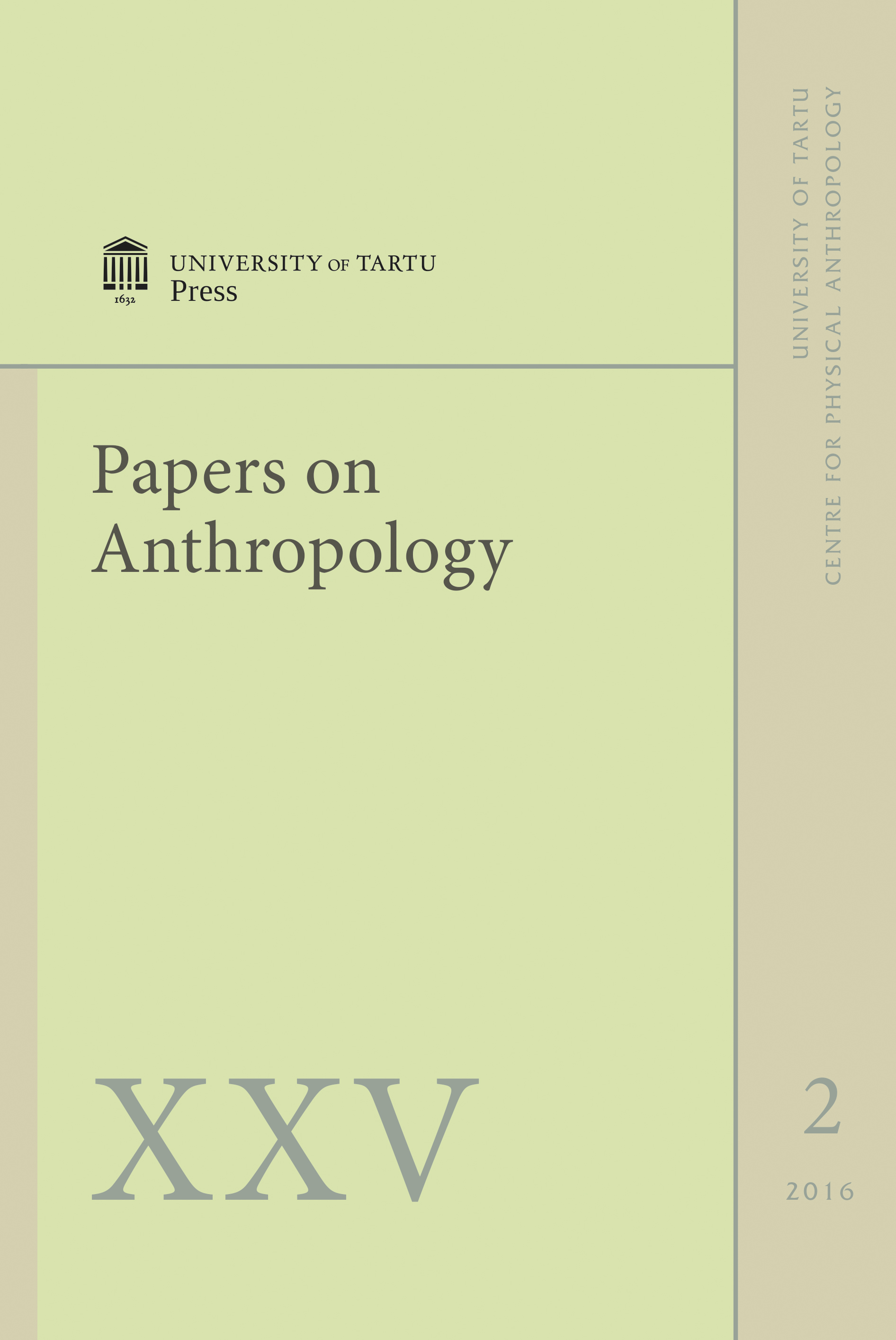Sports anthropological and somatotypical comparison between female wrestlers and hapkidoin of different performance levels
DOI:
https://doi.org/10.12697/poa.2016.25.2.05Keywords:
sports anthropology, comparison, hapkido, wrestling, female athletesAbstract
The present study compares the anthropometry and somatotyping of 13 healthy female wrestlers (age range 15–26 years) and 30 hapkidoin (age range 20–44 years) of various performance categories.
The hapkidoin of higher performance levels are 5 cm larger on average than the wrestlers and the hapkidoin of the lower class. In almost all circumferences the wrestlers achieve higher values than the Hapkidoin. For most circum ferences and skinfolds, significantly higher values in the higher weight classes are observed in the wrestlers. The BMI of all examined athletes is in the normal range. In the constitution typology after Conrad (1963), the wrestlers appear to be leptomorph-metroplastical, the hapkidoin appear to be leptomorph-hypoplastical.
In the Cartesian coordinate system after Knußmann, the representatives of both martial arts disciplines are macrosom and superleptomorph, i.e. muscular, tall and slender. In the somatochart after Heath & Carter (1967), the average type of the hapkidoin is 7 – 2 – 2, that of the wrestlers is 6 – 1 – 2. These somatotypes are much stouter and less muscular than the martial arts somatotypes in the study of Gualdi-Russo et al. (1993). From this observation we can infer a considerable development potential of the examined sportswomen in our study.

